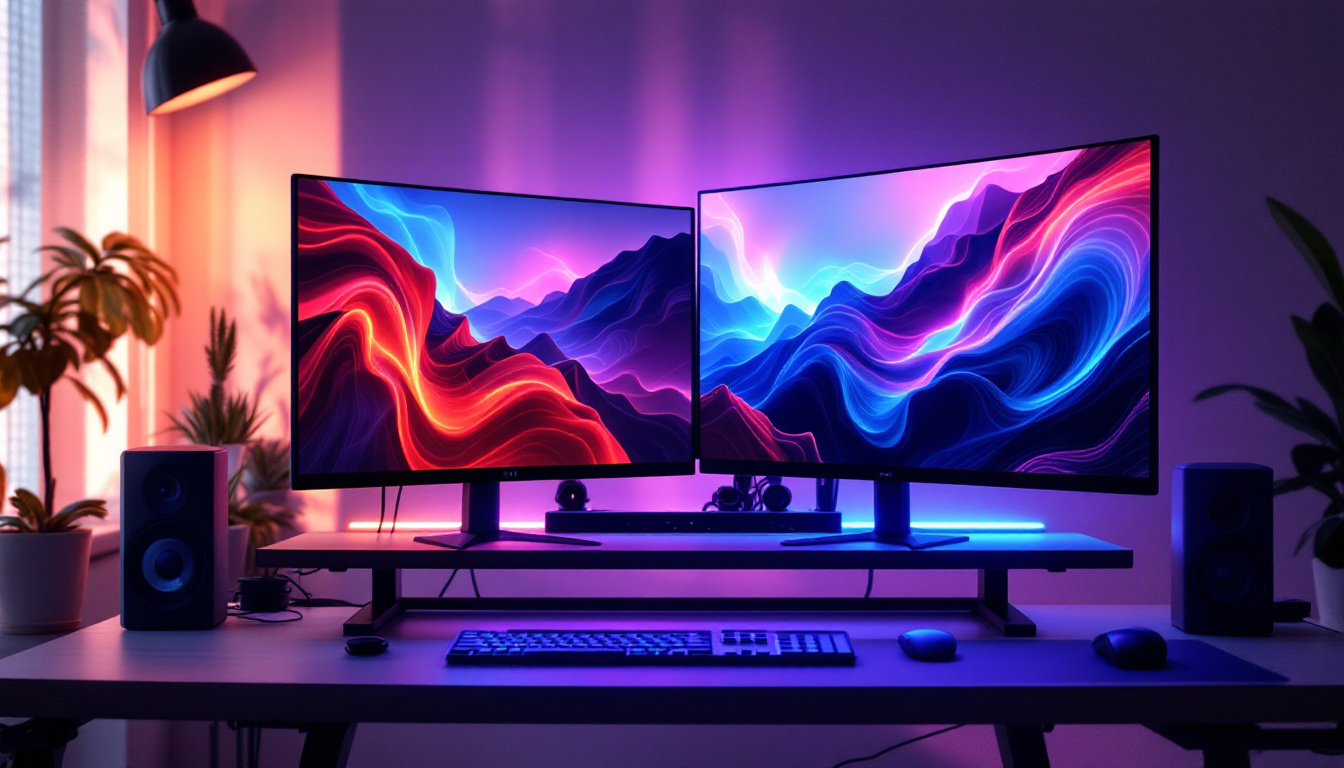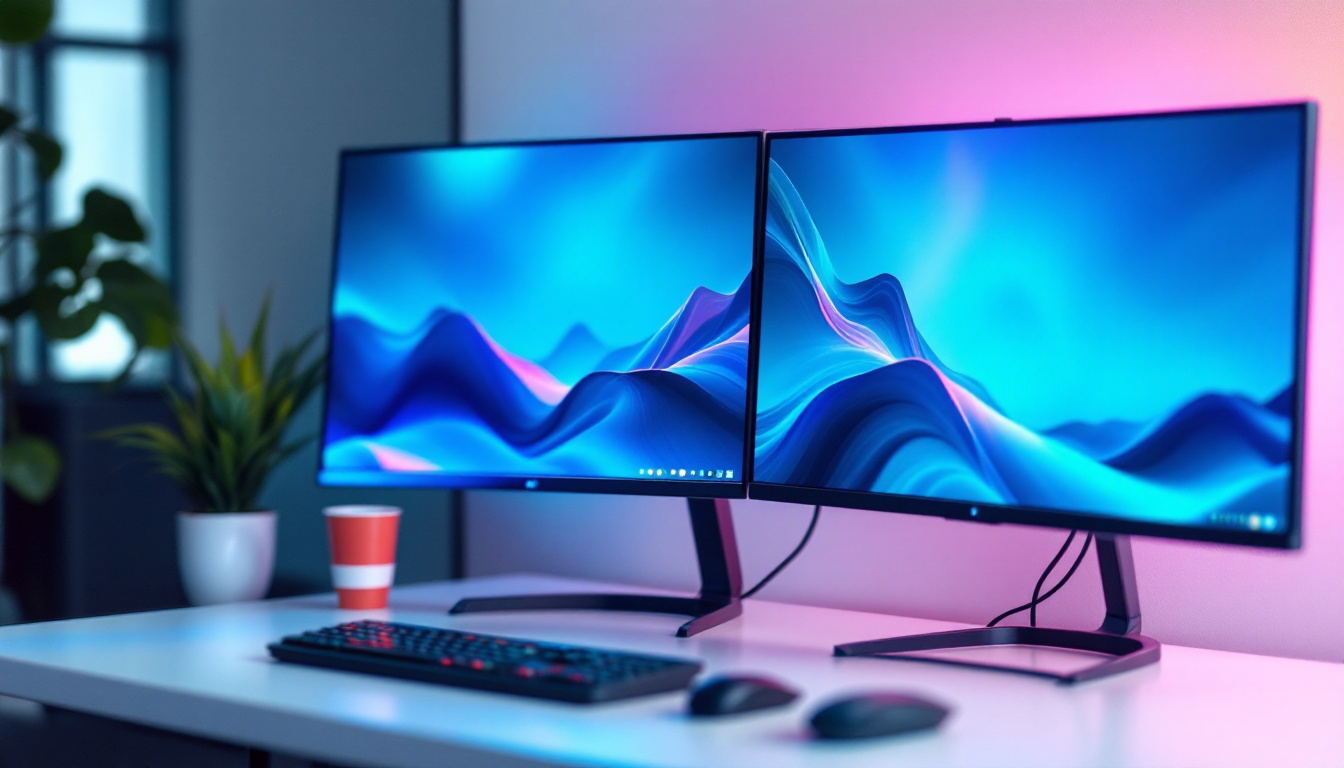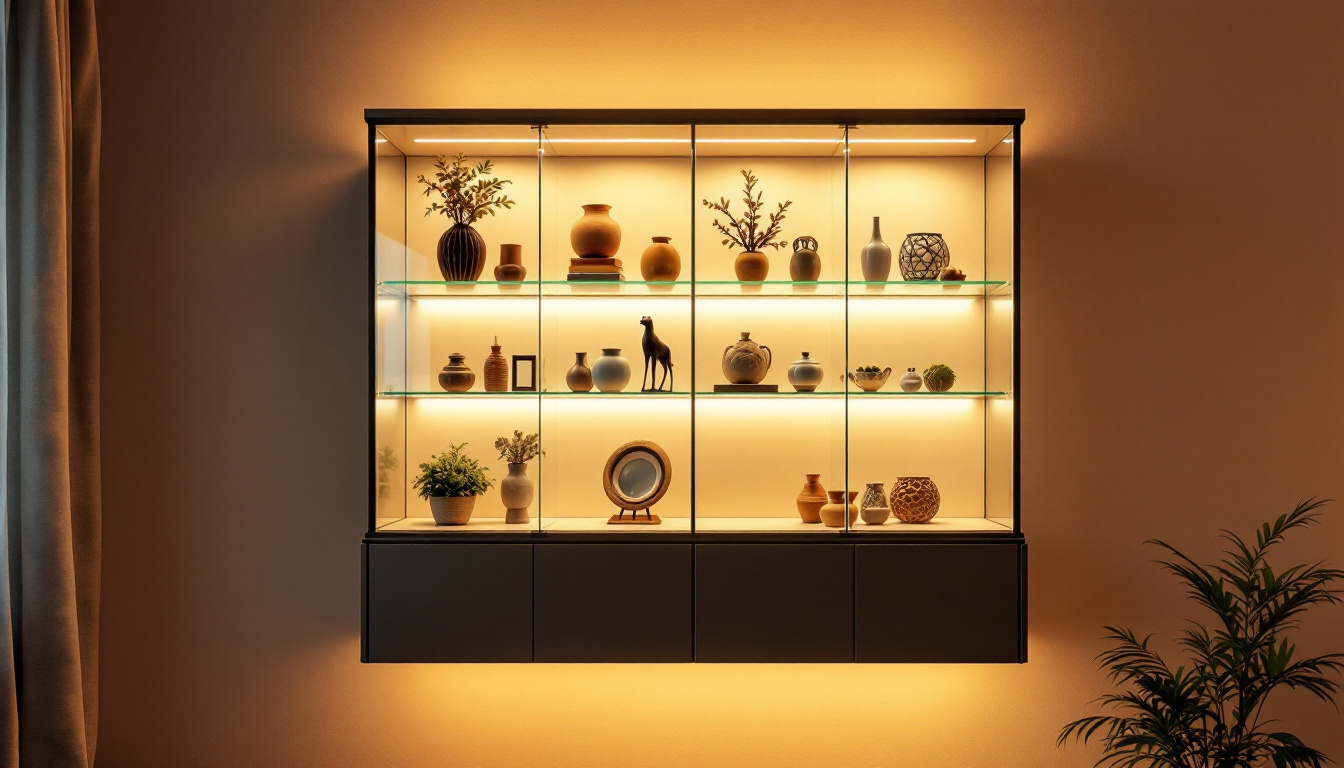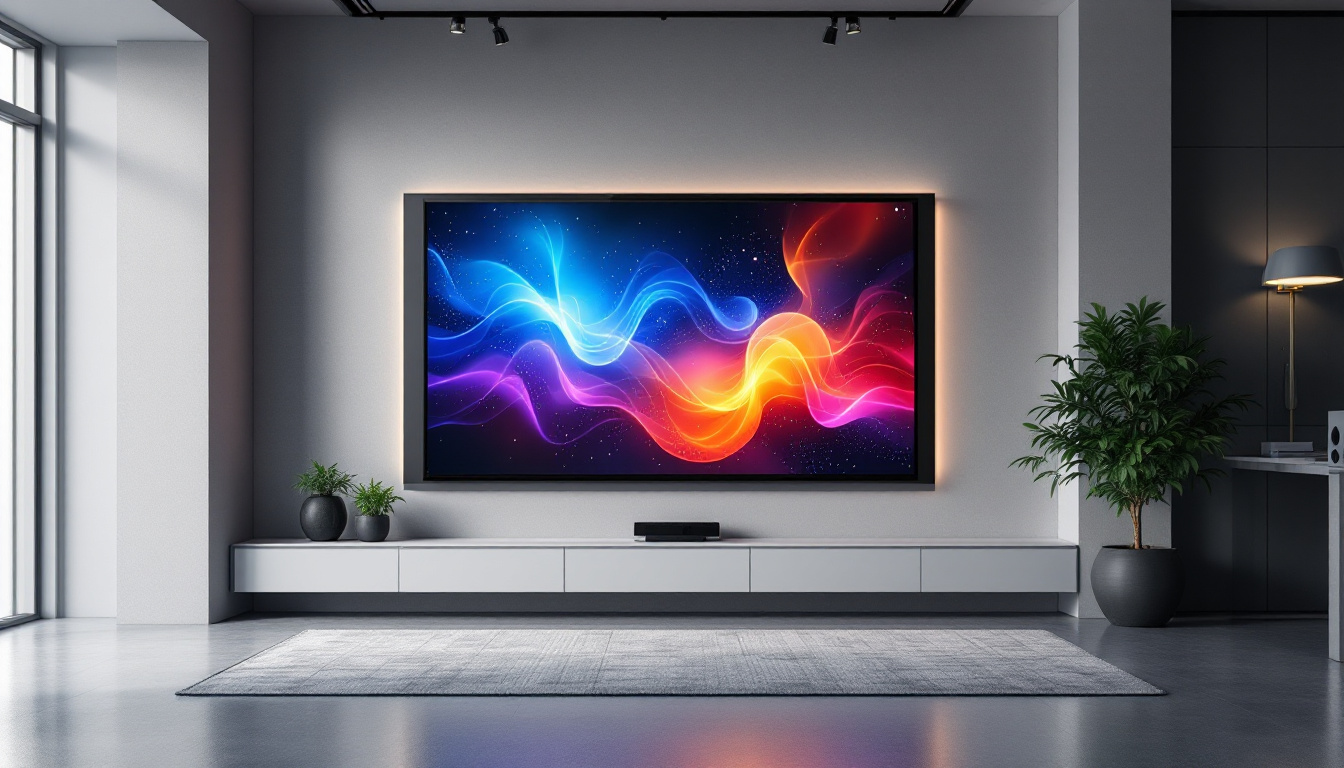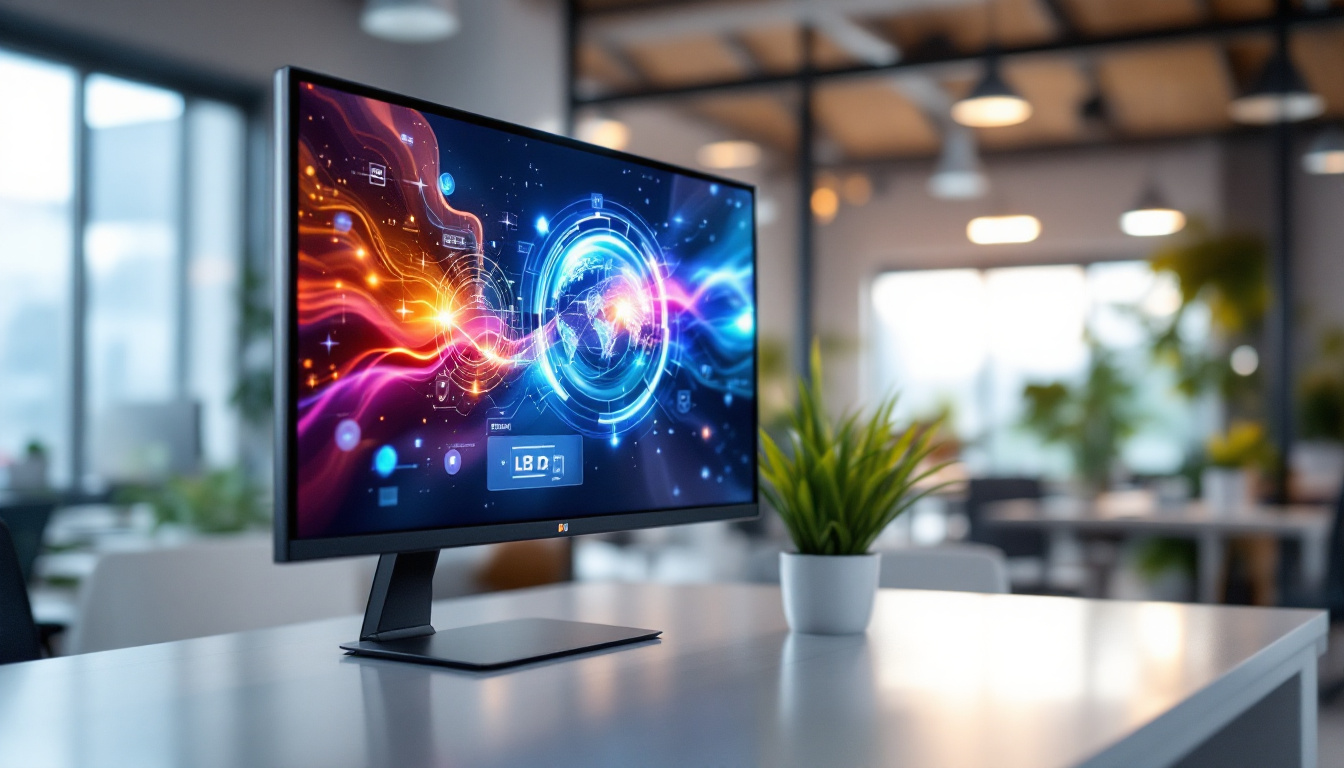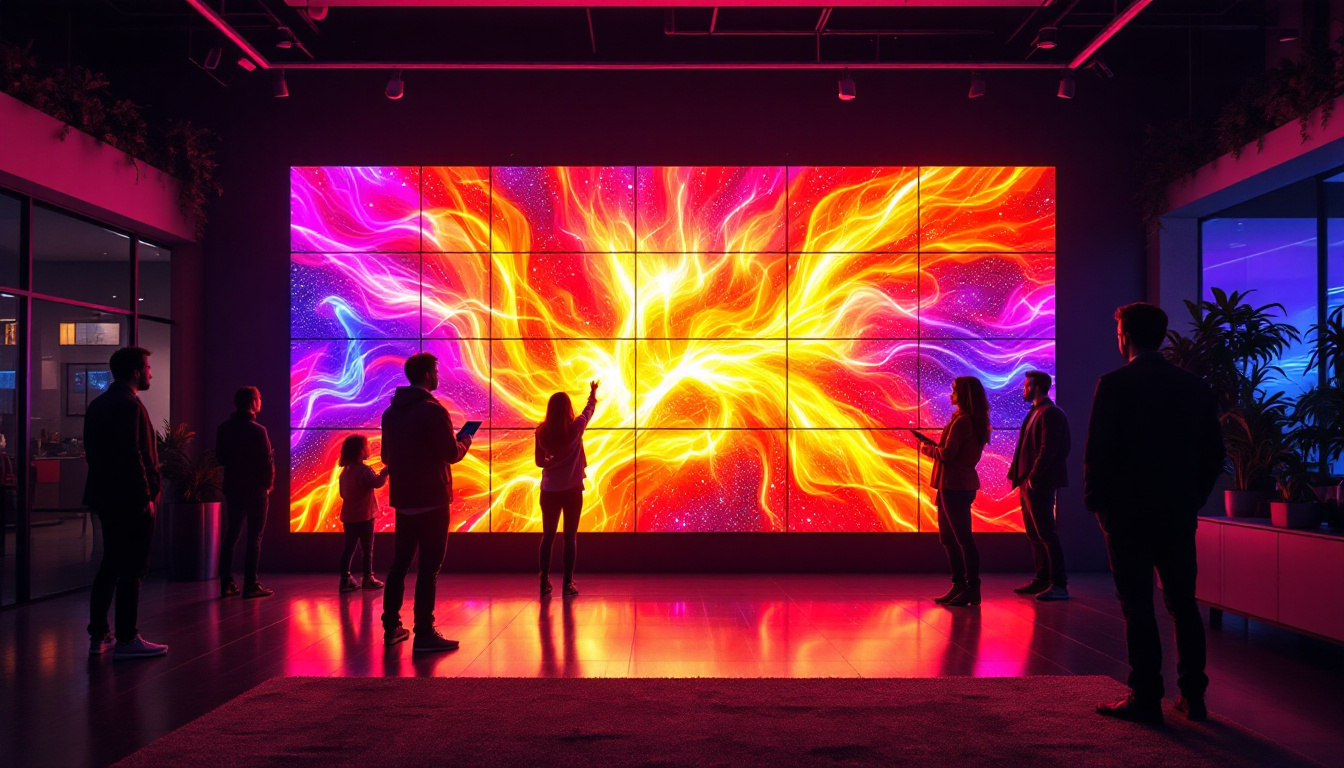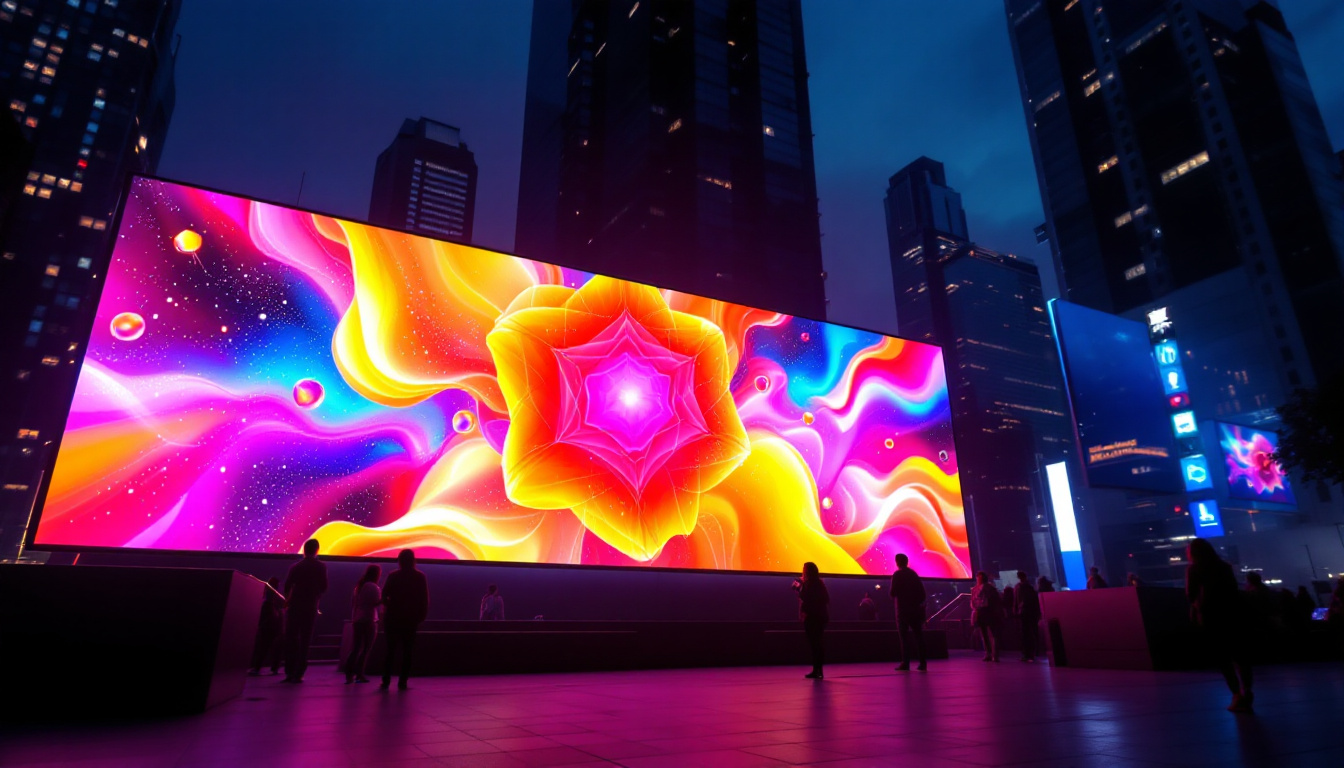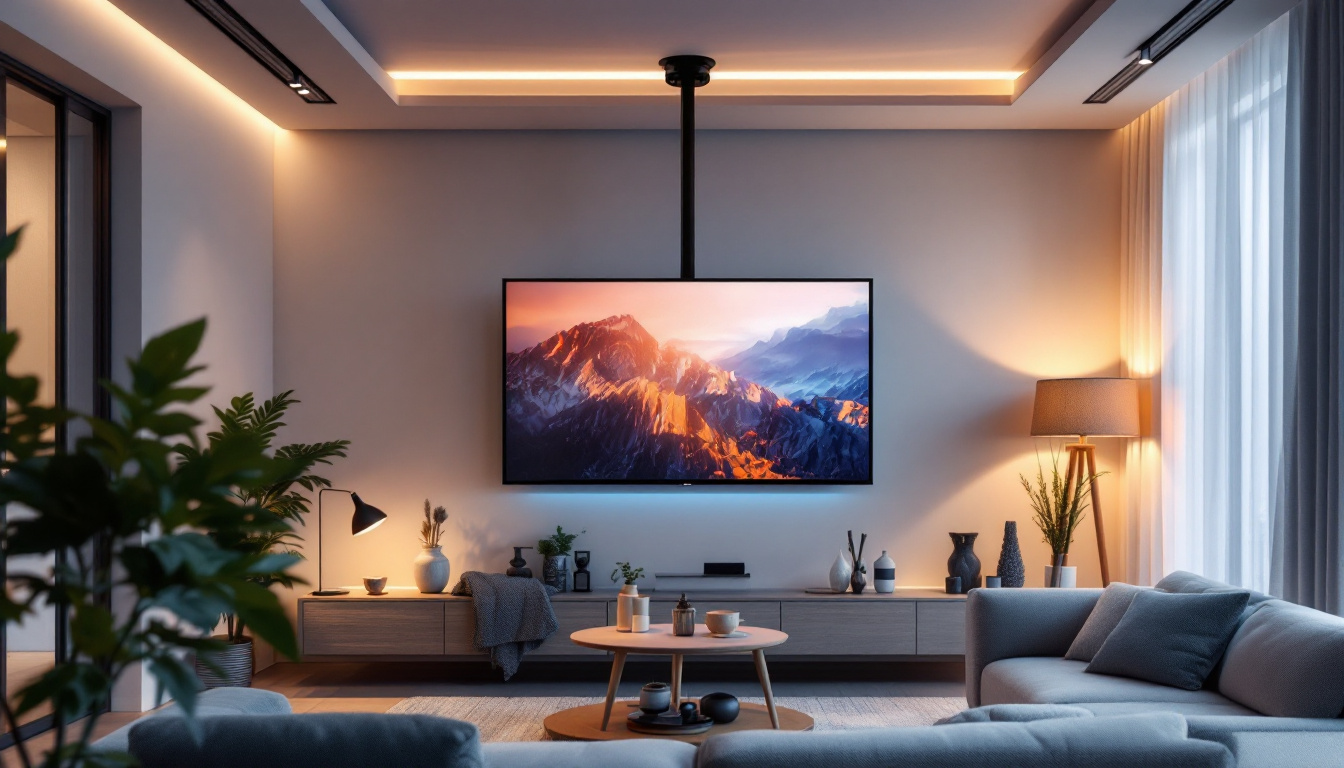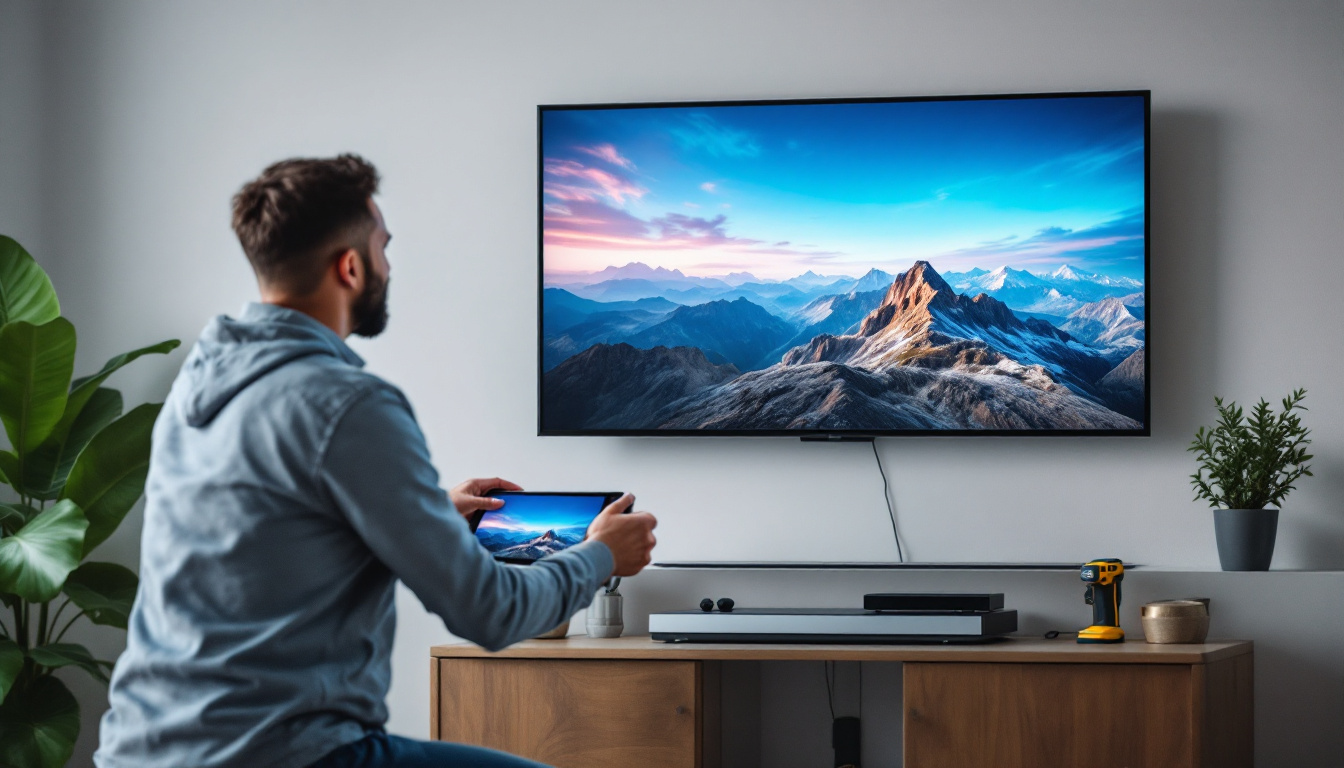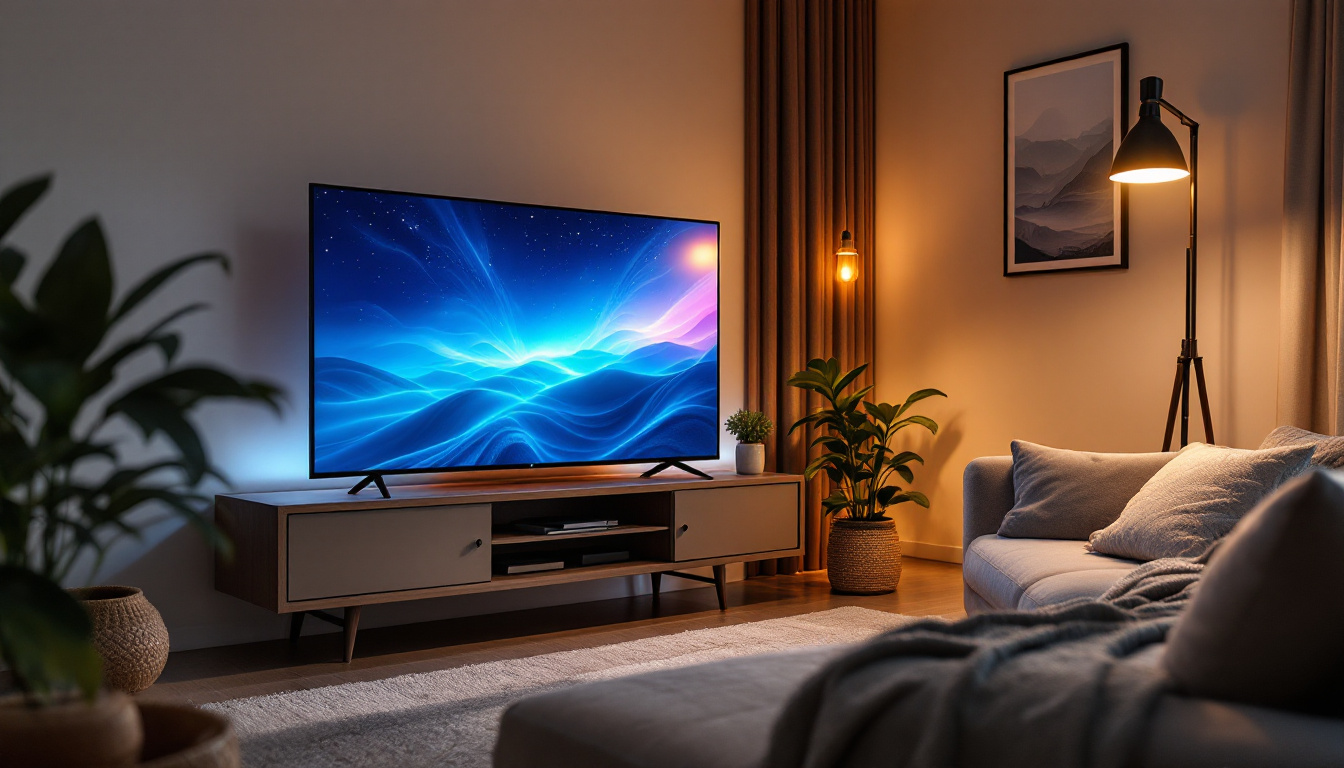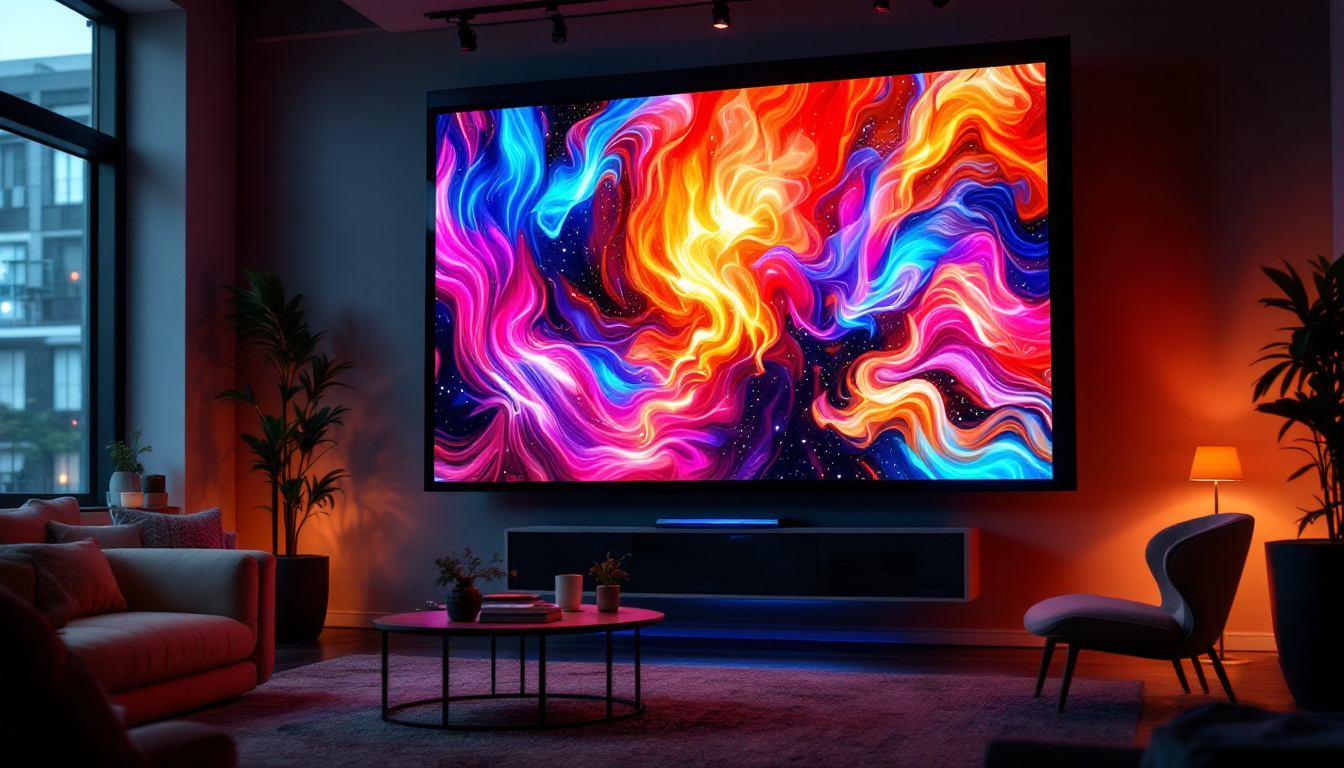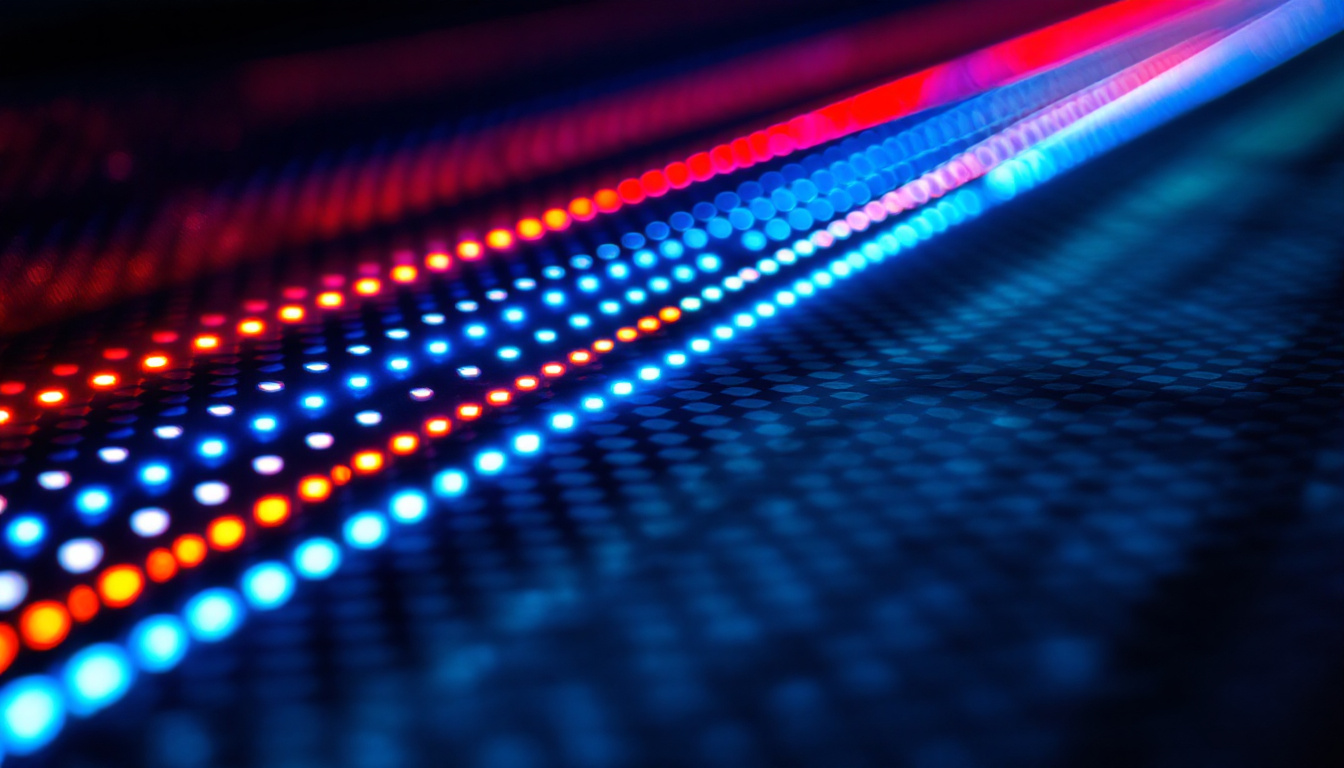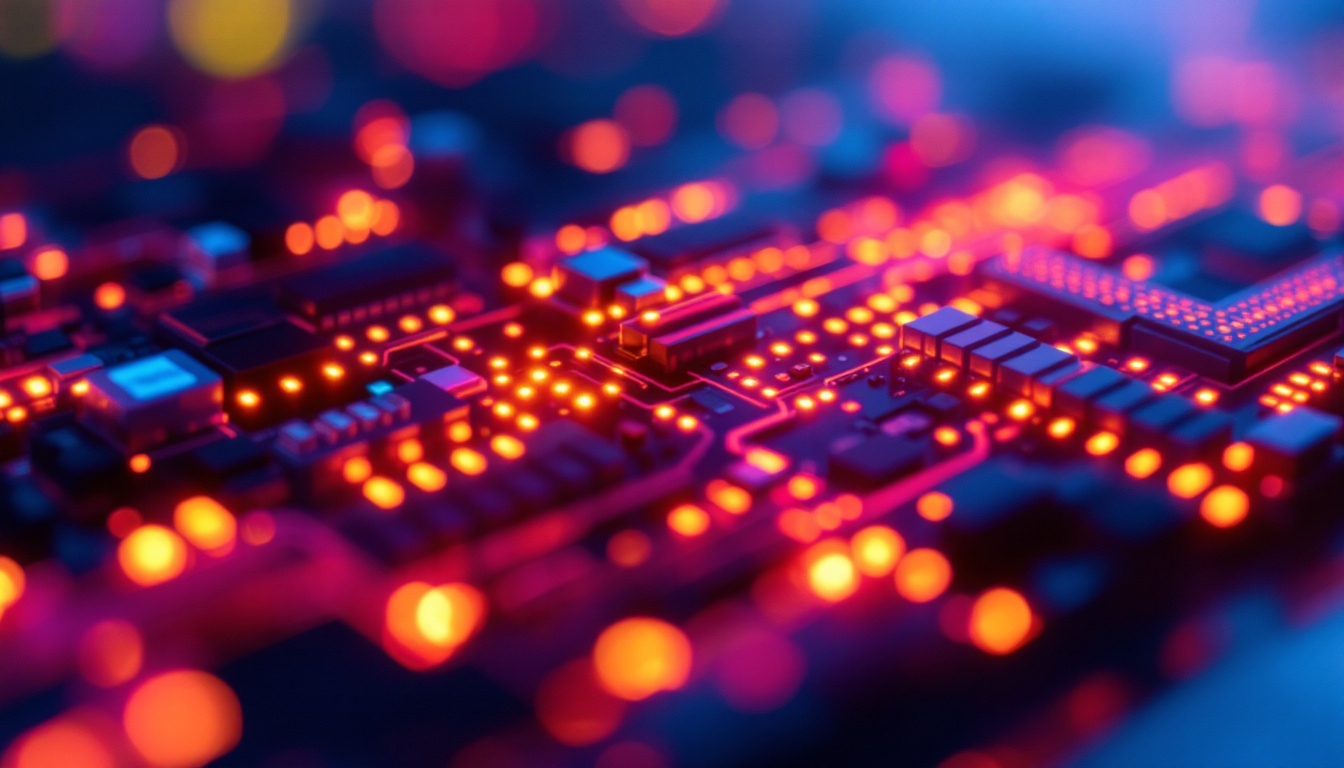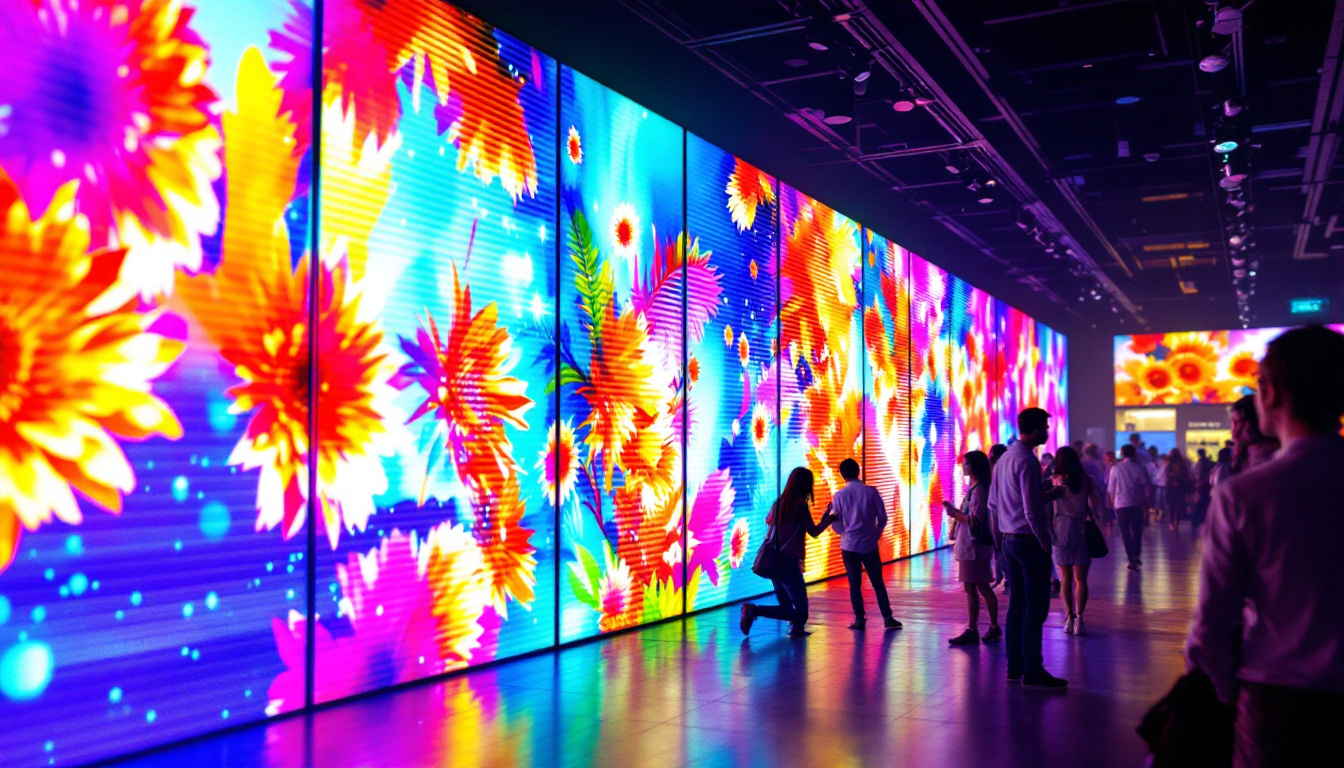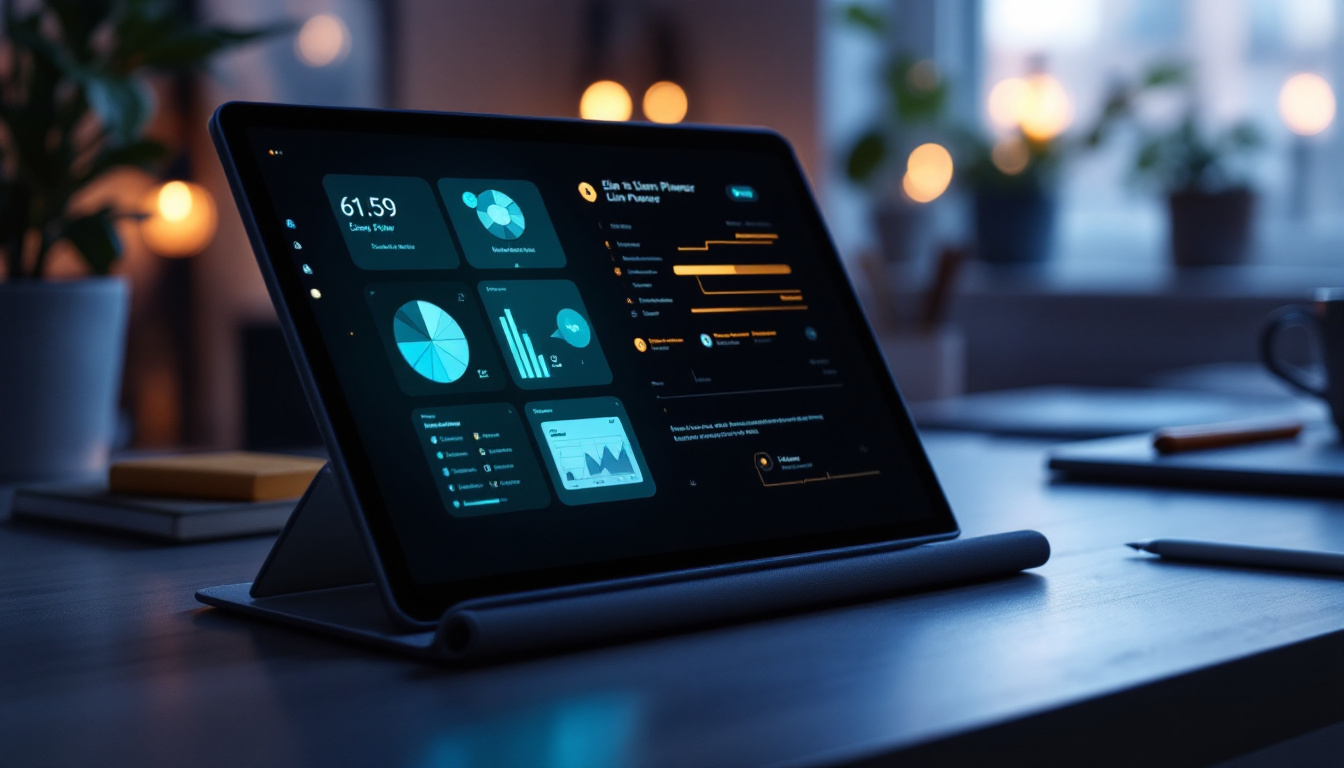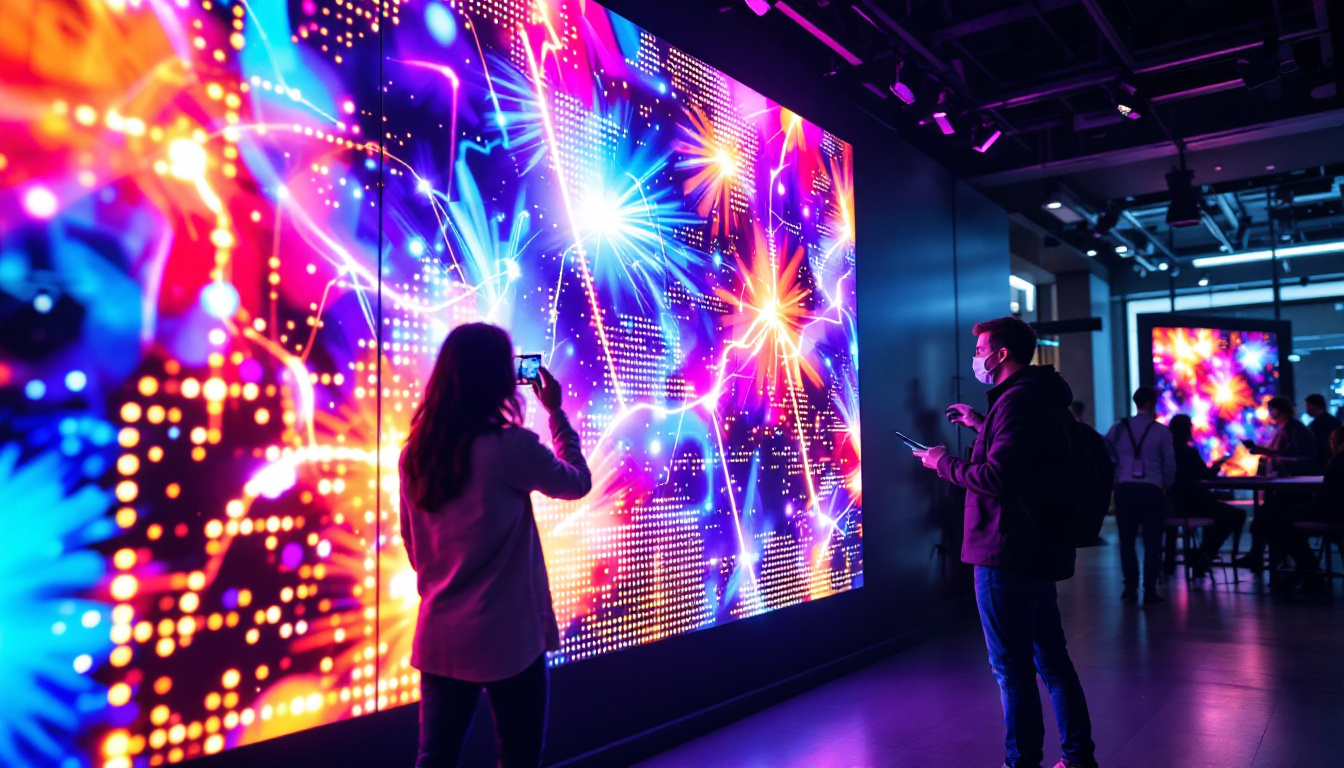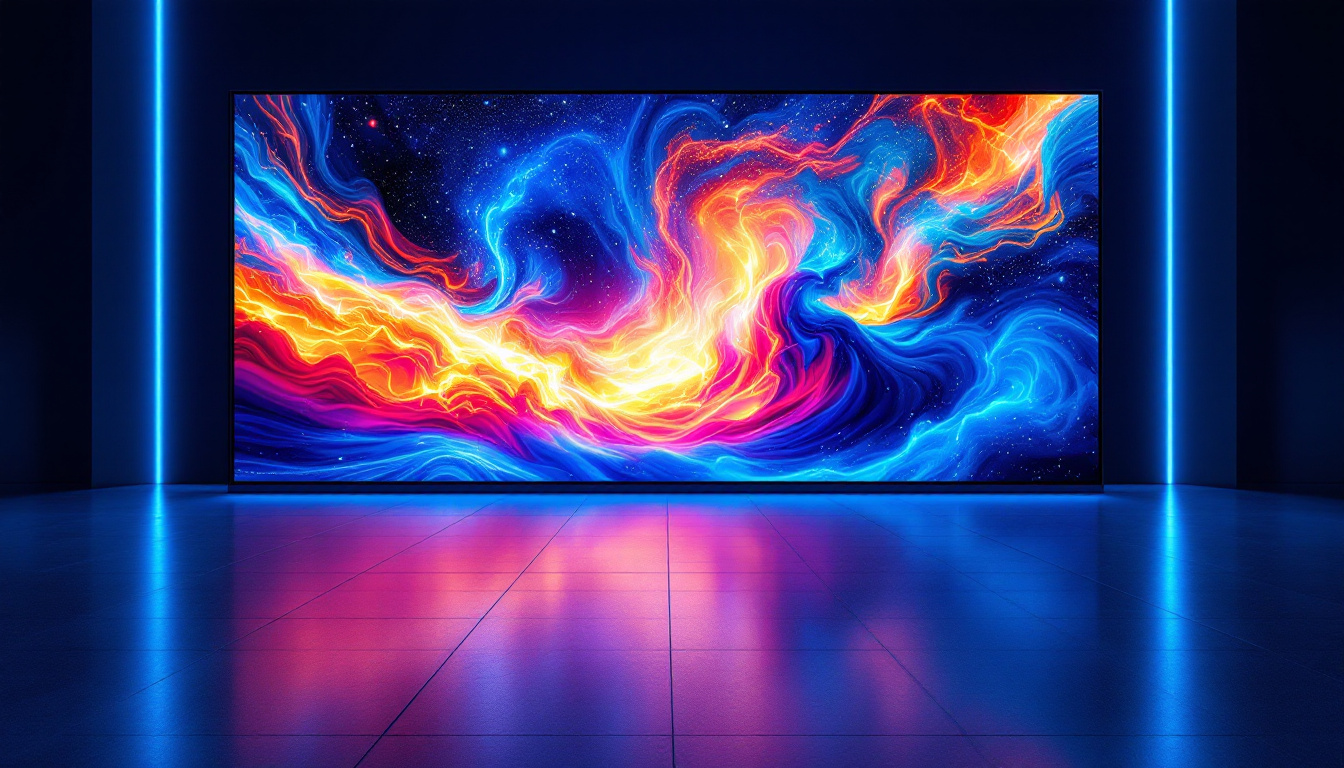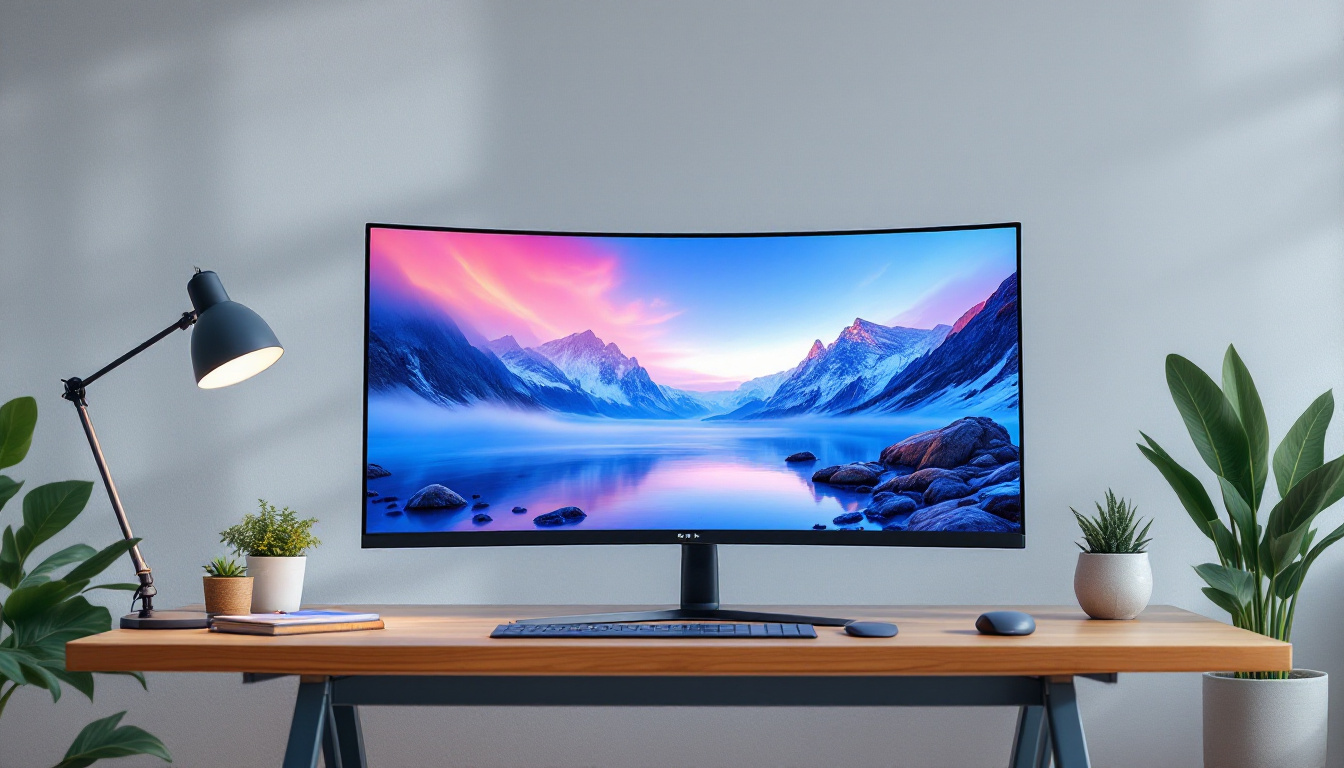In today’s fast-paced digital world, the demand for efficient workspace setups has never been higher. With the rise of remote work and the increasing need for multitasking, dual computer monitor stands have become a popular solution for enhancing productivity. This article delves into the intricacies of dual monitor stands, particularly focusing on LED displays, their benefits, and how they can transform your work environment.
Understanding Dual Monitor Stands
Dual monitor stands are designed to hold two computer monitors simultaneously, allowing users to maximize their screen real estate. These stands come in various styles, including desktop stands, wall mounts, and adjustable arms. Each type offers unique advantages, catering to different workspace configurations and user preferences.
The Importance of Ergonomics
One of the primary benefits of using dual monitor stands is the ergonomic advantage they provide. Proper monitor placement can significantly reduce strain on the neck and eyes, promoting a healthier work environment. By adjusting the height and angle of the monitors, users can maintain a more natural posture, which is crucial for long hours of work.
Ergonomics is not just about comfort; it also plays a vital role in productivity. When monitors are positioned correctly, users can easily switch between screens without excessive movement, allowing for a smoother workflow. This ergonomic setup encourages longer periods of focused work, ultimately leading to higher efficiency.
Moreover, the psychological benefits of an organized and ergonomic workspace cannot be overstated. A well-arranged dual monitor setup can reduce clutter and enhance focus, as users are less likely to be distracted by a disorganized environment. This clarity can lead to improved mental well-being, making it easier to tackle complex tasks and maintain motivation throughout the day.
Types of Dual Monitor Stands
There are several types of dual monitor stands available on the market, each catering to different needs and preferences. Understanding these types can help users choose the best option for their workspace.
- Desktop Stands: These stands sit on the desk and are often adjustable in height and angle. They are easy to set up and can be moved around as needed. Many desktop stands also come with additional features, such as built-in cable management systems, which help keep cords organized and out of sight, further enhancing the workspace’s aesthetic.
- Wall Mounts: For those looking to save desk space, wall-mounted stands are an excellent choice. They provide a clean, modern look and can be adjusted for optimal viewing angles. Additionally, wall mounts can free up valuable desk space for other essentials, such as a keyboard, mouse, or even decorative items that personalize the workspace.
- Adjustable Arms: These stands feature flexible arms that allow users to position their monitors at various heights and angles. They are ideal for dynamic work environments where monitor positions may need to change frequently. The versatility of adjustable arms also means that they can accommodate different monitor sizes and weights, making them a long-term investment for users who may upgrade their equipment over time.
In addition to the physical types of stands, it’s also worth considering the materials used in their construction. Many dual monitor stands are made from durable metals like aluminum or steel, which not only provide stability but also contribute to a sleek, professional appearance. Others may incorporate wood or plastic elements, allowing for a more customized look that can complement existing office decor. The choice of material can impact not only the aesthetic but also the longevity and performance of the stand, making it an important factor in the decision-making process.
Benefits of Using Dual Monitor Stands with LED Displays
LED displays have gained immense popularity due to their vibrant colors, energy efficiency, and slim profiles. When combined with dual monitor stands, they offer a range of benefits that can enhance the overall user experience.
Enhanced Visual Experience
One of the standout features of LED displays is their superior image quality. With brighter colors and sharper contrasts, LED monitors provide an immersive visual experience that is particularly beneficial for graphic designers, video editors, and gamers. When positioned on dual monitor stands, users can take full advantage of this visual clarity, making it easier to work on detailed projects.
The ability to adjust the height and angle of LED displays further enhances this experience. Users can position their monitors for optimal viewing, reducing glare and improving comfort. This is especially important in environments with varying lighting conditions, where glare can significantly impact visibility.
Improved Multitasking Capabilities
In a world where multitasking is often essential, dual monitor setups excel. With two screens, users can easily manage multiple applications simultaneously. For instance, one screen can display a document while the other runs a video call or shows a spreadsheet. This setup streamlines workflows, allowing for faster task completion and improved productivity.
Moreover, LED displays provide ample screen space without sacrificing clarity. Users can open multiple windows side by side, making it easier to reference information or compare data. This capability is particularly valuable in fields such as finance, research, and project management, where quick access to information is crucial.
Setting Up Your Dual Monitor Stand
Setting up a dual monitor stand may seem daunting, but with the right approach, it can be a straightforward process. Here are some key steps to ensure a successful installation.
Choosing the Right Location
The first step in setting up a dual monitor stand is selecting the right location. Consider factors such as lighting, desk space, and accessibility. Ideally, the monitors should be positioned at eye level to minimize neck strain, and there should be enough space to accommodate both monitors without overcrowding the workspace.
Additionally, think about the orientation of the monitors. Some users prefer a slight angle to enhance visibility, while others may opt for a more parallel arrangement. Experimenting with different setups can help determine the most comfortable configuration.
Installation Process
Once the location is chosen, the next step is the installation of the dual monitor stand. Most stands come with detailed instructions, making the process relatively simple. Here are some general steps to follow:
- Assemble the stand according to the manufacturer’s instructions.
- Securely attach the monitors to the stand using the provided mounting brackets.
- Adjust the height and angle of the monitors to suit your preferences.
- Ensure all cables are neatly organized to avoid clutter.
After installation, take a moment to test the setup. Adjust the monitors as needed to find the most comfortable viewing angles. This final step is crucial for ensuring a productive and ergonomic workspace.
Choosing the Right LED Monitors for Your Setup
Not all LED monitors are created equal. When selecting monitors for a dual setup, it’s essential to consider several factors to ensure optimal performance and compatibility.
Screen Size and Resolution
Screen size and resolution are critical components to consider when choosing LED monitors. Larger screens provide more workspace, while higher resolutions offer sharper images. For most users, a screen size between 24 to 32 inches is ideal for dual setups, striking a balance between visibility and desk space.
Resolution also plays a significant role in the overall experience. Full HD (1920×1080) is standard for many applications, but for graphic design or video editing, higher resolutions like 4K (3840×2160) may be necessary to ensure clarity and detail.
Connectivity Options
Another important consideration is the connectivity options available on the monitors. Most modern LED displays come equipped with HDMI, DisplayPort, and USB-C ports. Ensuring that the monitors have compatible ports with your computer is crucial for seamless integration.
Additionally, consider whether the monitors support daisy chaining, which allows multiple monitors to connect through a single port. This feature can simplify cable management and reduce clutter on the desk.
Maintaining Your Dual Monitor Setup
Once the dual monitor setup is complete, regular maintenance is essential to ensure longevity and optimal performance. Here are some tips to keep your monitors in top shape.
Cleaning and Care
Dust and fingerprints can accumulate on monitor screens over time, affecting visibility. Regular cleaning is necessary to maintain a clear view. Use a microfiber cloth and a gentle screen cleaner to wipe down the screens. Avoid using harsh chemicals or abrasive materials that could damage the display.
In addition to cleaning the screens, it’s also important to keep the surrounding area tidy. Organizing cables and ensuring that the workspace is clutter-free can enhance both aesthetics and functionality.
Software and Calibration
To get the most out of dual monitors, consider calibrating the display settings. Adjusting brightness, contrast, and color settings can significantly improve the viewing experience. Many operating systems offer built-in calibration tools to help users optimize their displays.
Additionally, keeping software up to date is crucial for performance. Regularly check for driver updates for the monitors and graphics card to ensure compatibility and access to the latest features.
Conclusion
Dual computer monitor stands paired with LED displays offer a powerful solution for enhancing productivity and comfort in the workspace. With their ergonomic benefits, improved multitasking capabilities, and superior visual quality, these setups are becoming increasingly popular among professionals across various industries.
By understanding the different types of dual monitor stands, the advantages of LED displays, and the best practices for setup and maintenance, users can create an efficient and enjoyable work environment. Investing in a dual monitor setup is not just about having more screen space; it’s about optimizing the way work is done, leading to greater efficiency and satisfaction.
In a world where time is of the essence, a well-organized dual monitor setup can make all the difference. Whether for professional use or personal projects, the right combination of technology and ergonomics can transform the way tasks are approached, ultimately leading to success.
Discover the Future of Visual Display with LumenMatrix
Ready to elevate your workspace and experience the pinnacle of LED display technology? LumenMatrix is at the forefront of innovation, offering a wide array of LED display solutions that are perfect for any setting. From the immersive Indoor LED Wall Display to the dynamic Outdoor LED Wall Display, and from the mobile convenience of Vehicle LED Displays to the interactive Floor LED Displays, our products are designed to transform your visual communication and captivate any audience. Embrace the power of advanced LED technology and make a lasting impression with LumenMatrix. Check out LumenMatrix LED Display Solutions today and step into a world where clarity and engagement redefine the visual experience.

